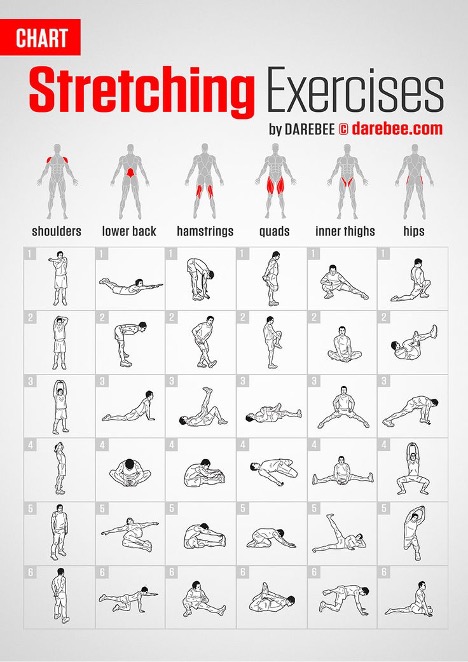
The term “weekend warrior” has long held a negative connotation. It’s meant to describe someone who exercises only on weekends. If you play golf on Saturdays and hit the gym on Sundays but remained chained to your desk the rest of the week you could fall into this category. Similarly, someone who takes on the role of home contractor on the weekends – gardening, remodeling, fixing everything that’s broken – could overexert themselves physically.
Historically, researchers thought exercising only on weekends could increase the risk of pain, strains, and even something much worse (like heart attacks), but the research shows the opposite. In fact, a new study published in the Journal of the American Medical Association uncovered astonishing longevity benefits among those who exercise only twice per week compared to people who skipped exercise altogether. What’s more, the study found that deaths from heart disease and cancer were lower among weekend warriors.
Experts still agree that the most effective way to reach your weekly physical activity quota – and protect against injury – is to resist the temptation to cram a week’s worth of exercise into two days. But exercising only on the weekend is better than not exercising at all. So, if your weekdays are packed, you can become a safe weekend warrior by implementing these seven strategies:
- Eat a healthy diet. Exercise requires energy and the best way to fuel your body is with a healthy diet featuring plenty of fruits, vegetables, whole grains, and lean protein. Eating this way not only supplies your body with the nutrients it needs to perform, but it may also help you ditch unwanted pounds. A bonus: The less weight you are carrying around, the less pressure your joints will feel.
- Stay hydrated. During exercise you lose water faster than your brain realizes. Drink too little fluid and your performance may take a hit. Even more concerning, dehydration can lead to heat exhaustion – and that can take you out of the game. You don’t have to rely on liquid alone though. Water-rich fruits and vegetables such as watermelon, grapes, berries, and cucumbers can help you reach your daily needs.
- Wear proper footwear. Don’t try to run a 10K on last year’s overused sneakers. In the same way running requires extra cushioning, court sports like basketball, tennis, and racquetball demand shoes with side-to-side ankle stabilization.
- Warm up (and cool down). Stretching before and after a workout helps prevent overuse injuries. Tight tendons and muscles are more likely to strain and snap if they’re not warm. Your best bet: Do a dynamic/moving warm up for five to 10 minutes (such as walking) followed by of a few static stretches for another five to 10 minutes before you dive into your chosen activity and hold each stretch for at least 30 seconds. Cooling down with gentle post-workout stretches helps relax worked muscles while your heart rate recovers.
- Do supplemental activities. The key to weekend warrior success is keeping muscles conditioned and supple throughout the week, even if that doesn’t include a standard 30-minute workout. Just 10-15 minutes of stretching, strengthening or gentle calisthenics can help prime your body for weekend activities. Playing a tennis match over the weekend? Do planks on weekdays to condition your shoulder and core muscles.
- Mix it up. If you do the same activities every time you exercise, you run the risk of developing an overuse injury. Maximize your workouts by focusing on different muscles each day and giving your other muscle groups a break. Avid runner? Take a few laps in the pool. Play soccer on the weekend? Shoot a round of golf or play tennis instead.
- Know your limits. You must listen to your body. If your workout is causing pain, dial it down. You may be mentally ready to run a half-marathon, but your body may need time to get up to speed physically. Can’t keep up on the tennis court the way you used to? Play against someone who is new to the game or find a partner and play doubles so there’s less stress on your body.
Yoga is still a form of exercise. If as you move into a pose that is uncomfortable, then stop. Pay attention to your body saying that might not be the correct pose for you.
Walking is also another form of exercise. Just like children, whether walking or running, the right equipment is necessary. Evaluate your shoes. Do not keep a pair of shoes with worn down soles . Pay attention to your gait or stride. If you feel one leg is behind the other, then have your posture assessed by a chiropractor. A pelvis misalignment may cause low back and/or hip pain.
If you tend to a garden or imply mow the lawn and/pull weeds, make sure you don’t bend at the waist for more than 10 minutes at a time. Use items like a knee pad or a garden cart to sit when tending to the garden. Try to avoid bending and twisting especially when lifting heavy bags of mulch or soil.
These stretches may be helpful but if you find yourself injured or in pain, call your local chiropractor.
